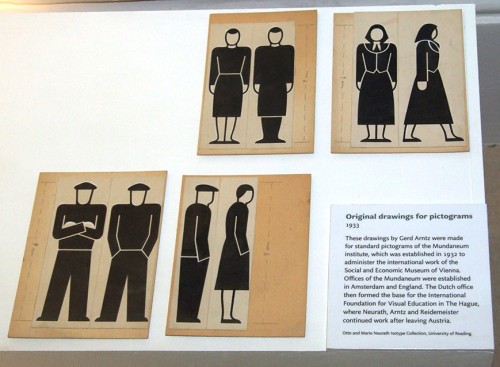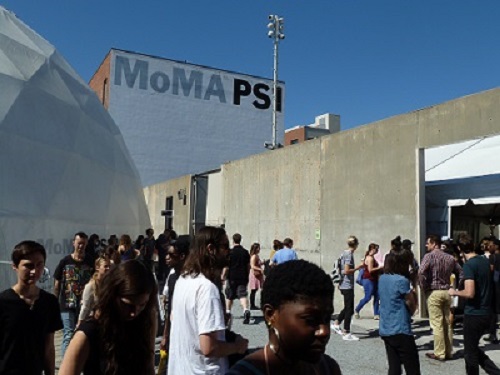Typography & Graphic Communication is proud to have achieved the highest GPA score (3.51) in UoA 34 (Art and Design: History, Practice, Theory), and the best REF result at the University of Reading.
Our overall score was: 56 per cent 4*; 39 per cent 3*; 5 per cent 2*.
Typography’s research covers the history, theory and practice of ‘design for reading’, with particular emphasis on information design, typeface design and book design. Research submitted to the REF included monographs, papers in refereed journals, type design and book design practice, and exhibition design and curation: 46 per cent was given the highest grade, described as ‘world leading’, and a 46 per cent was thought to be ‘internationally excellent’.
Typography’s high-scoring impact result (70 per cent assessed as 4*) reflected Departmental strategy of developing research projects with direct input from research users or with a clear view of the potential public benefit of the research.
Enriching communities of literacy, on the design of typefaces for world scripts traced how Departmental research has been used by organisations including Adobe, Microsoft and Nokia to create access to communication for large language communities, many of which have not, previously, had access to technology using their own scripts.
Designing information for everyday reading demonstrated how wide-ranging Departmental research into the design of functional documents, both historically and in current applied contexts, provided a knowledge base for collaborative projects with government departments (National Offender Management Service, the Cabinet Office and HMRC) which influenced their practices and brought benefit to the public they serve. Public exhibition of some of the Department’s research has changed perceptions of the development and role of communication in civic society.














